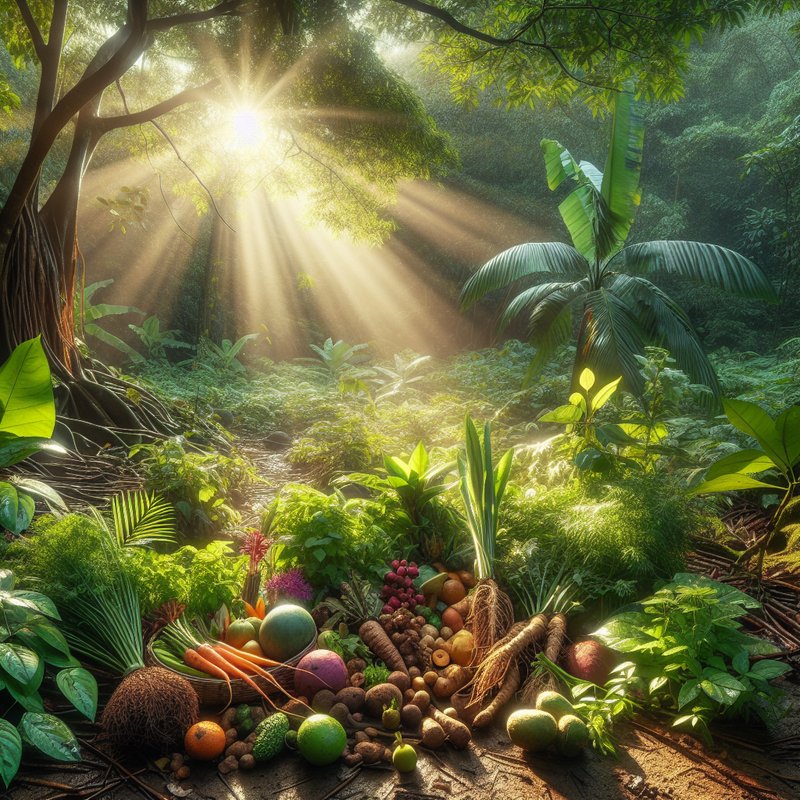The Cultural Roots of Foraging in Vietnam

Foraging has long been an integral part of Vietnamese culinary traditions, deeply rooted in the country’s rural lifestyle. Vietnam’s diverse landscape, ranging from mountains and forests to rivers and seas, provides a rich variety of wild edibles that have been used by locals for centuries. The practice of gathering food from the wild is intertwined with the cultural and communal activities in villages, and is often passed down through generations.
Historically, foraging in Vietnam is not just about sustenance but also a way to connect with the land and environment. It is a practice steeped in knowledge and respect for nature, with locals possessing an intimate understanding of the flora and fauna around them. This knowledge is reflected in regional cuisines, where wild herbs, mushrooms, and plants form the backbone of many traditional dishes.
A Variety of Wild Ingredients

Vietnam’s wild landscapes offer a cornucopia of natural ingredients. From the jungles and forests come an array of wild herbs like perilla and betel leaf, used widely in soups, salads, and wraps. The rivers and coastal regions provide edible seaweeds and rare river plants that add unique flavors to Vietnamese cuisine.
Different regions of Vietnam boast unique wild ingredients—such as the bamboo shoots from mountainous areas or the lotus seeds from the Mekong Delta. These ingredients not only add nutritional value but also deliver authentic flavors that captivate the senses. Understanding and appreciating these wild foods can enhance the experience of Vietnamese gastronomy for culinary adventurers.
The Modern Adaptation of Foraging in Vietnamese Cuisine

In recent years, there has been a resurgence of interest in foraging, with chefs and restaurants across Vietnam embracing wild ingredients to create innovative dishes. This trend signifies a blending of traditional practices with modern culinary techniques, allowing a new expression of Vietnamese cuisine that respects its roots while exploring novel possibilities.
Notable Vietnamese chefs have begun to popularize the use of sustainably foraged ingredients, not only for their flavors but also for their health benefits. This modern adaptation of foraging is gaining traction, encouraging both locals and tourists to explore Vietnamese dishes that spotlight these fresh and uncommercialized components.
Practices of Responsible Foraging for Sustainable Tourism

As interest in foraging grows, promoting responsible practices is crucial to ensure sustainability. Responsible foraging involves respecting local ecosystems, harvesting mindfully, and understanding seasonal cycles to avoid overexploitation of natural resources.
In Vietnam, community-based eco-tourism initiatives are encouraging responsible foraging tours that educate participants about sustainable practices while providing an immersive experience of Vietnamese culture and cuisine. These tours offer a unique opportunity for tourists to engage with the local environment and culinary traditions in a respectful and sustainable manner.

Leave a Reply